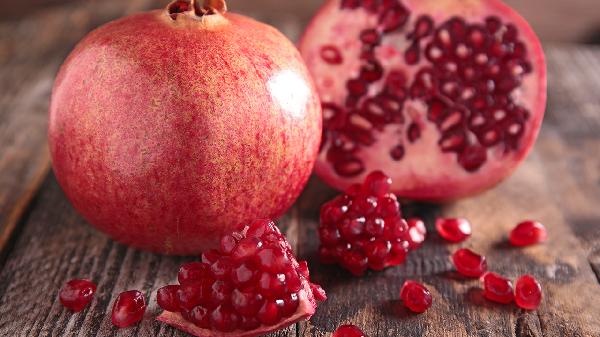Bone broth has been touted as a superfood, a gut-healing elixir, and even a secret weapon for glowing skin. But is it really the miracle potion wellness influencers claim it to be? The truth is, while bone broth does pack some nutritional benefits, the hype might be outpacing the science. That said, there’s no denying its comforting, savory appeal—especially when the weather turns chilly. So let’s break down what we know, what we don’t, and whether it’s worth adding to your routine.
The Science (and Lack Thereof) Behind Bone Broth
Bone broth is essentially a long-simmered stock made from animal bones—usually beef, chicken, or fish—along with vegetables, herbs, and sometimes a splash of apple cider vinegar to help extract nutrients. The slow cooking process breaks down collagen, releasing amino acids like glycine and proline, which are the building blocks for healthy skin, joints, and gut lining. Some proponents claim it can reduce inflammation, support digestion, and even improve sleep. But here’s the catch: while the individual nutrients in bone broth (like collagen peptides) have been studied, there’s very little research specifically on bone broth itself. Most of the benefits are extrapolated from what we know about its components, not the broth as a whole.
Potential Benefits—With a Side of Skepticism
One of the biggest selling points of bone broth is its collagen content, which may support joint health and skin elasticity. A 2019 study in the Journal of Cosmetic Dermatology found that collagen supplementation improved skin hydration and elasticity—but that doesn’t necessarily mean sipping broth will give you the same results. Similarly, the amino acids in bone broth, like glutamine, have been shown to support gut health in clinical settings, but the amounts in a single cup of broth might not be enough to make a dramatic difference. And while some people swear by bone broth for immune support, there’s no solid evidence that it prevents colds or flu. That said, if it keeps you hydrated and warm during sick season, that’s still a win.
The Heavy Metal Elephant in the Room
One concern that doesn’t get enough attention is the potential for heavy metals in bone broth. Because bones can accumulate lead and cadmium over an animal’s lifetime, simmering them for hours could theoretically leach those metals into the broth. A 2013 study in the Bulletin of Environmental Contamination and Toxicology found detectable levels of lead in bone broth, though the amounts were generally low. Still, if you’re drinking it daily, it might be worth sourcing bones from organic, grass-fed animals to minimize exposure. And if you’re pregnant or have heavy metal sensitivities, you may want to limit your intake.
How to Make Bone Broth (Without the Fuss)
If you’re intrigued enough to give bone broth a shot, making it at home is surprisingly simple—no fancy equipment needed. The key is patience: a good bone broth needs at least 12 hours (ideally 24) to extract all the nutrients. A slow cooker is your best friend here—just toss in bones, veggies, water, and a splash of apple cider vinegar, then let time do the work. If you’re short on time, some health food stores sell pre-made versions, but check the labels for additives. And if you’re vegan? Mushroom or seaweed-based broths can offer a similar umami-rich flavor with their own set of nutrients.
So, Should You Drink It?
At the end of the day, bone broth isn’t a magic bullet, but it’s not a scam either. It’s a nutrient-dense, hydrating option that can be part of a balanced diet—especially if you enjoy the taste. Think of it like a warm, savory supplement rather than a cure-all. If you’re dealing with gut issues or joint pain, it might be worth a try alongside other evidence-based treatments. And if nothing else, it’s a cozy way to stay hydrated when tea just isn’t cutting it. Just don’t expect it to single-handedly transform your health—wellness is always more complicated (and interesting) than that.
Whether you’re sipping it for the potential benefits or just because it’s delicious, bone broth is here to stay—at least until the next big wellness trend comes along. Until then, keep simmering, stay skeptical, and enjoy the warmth.
























